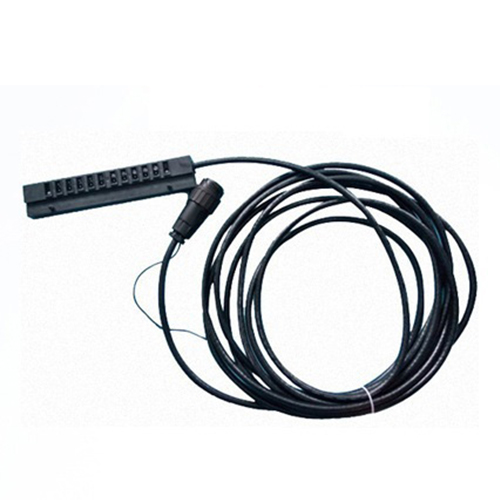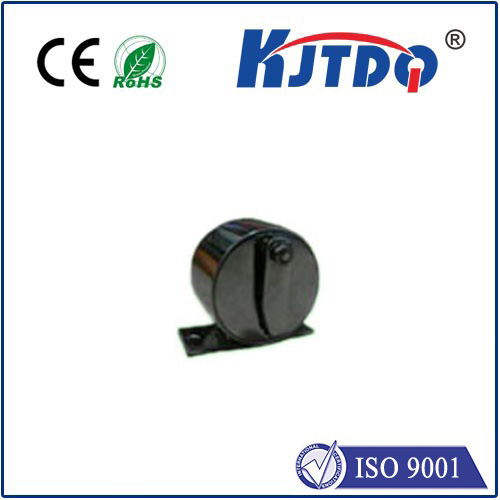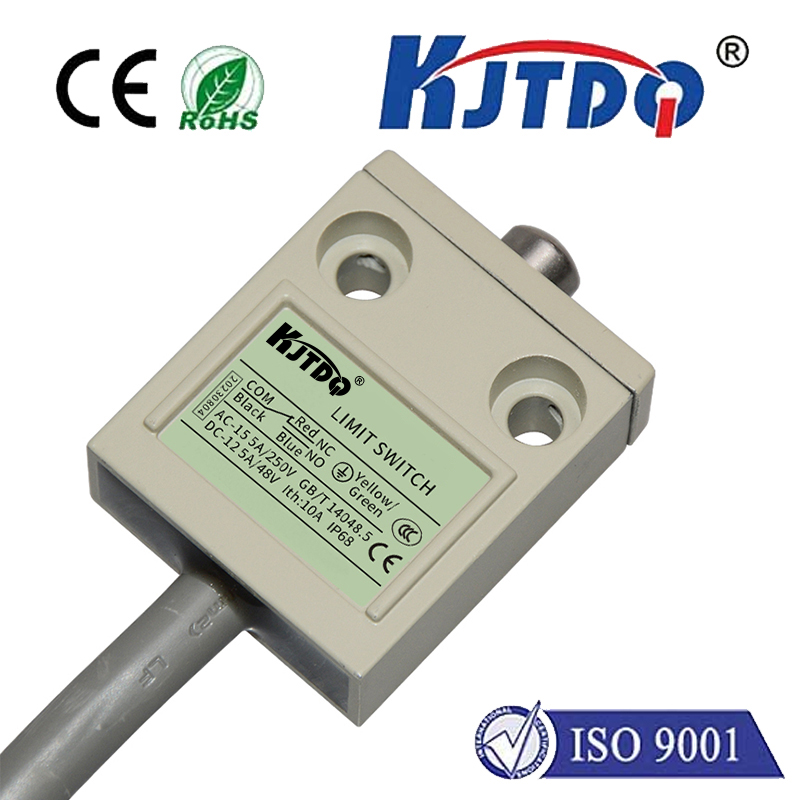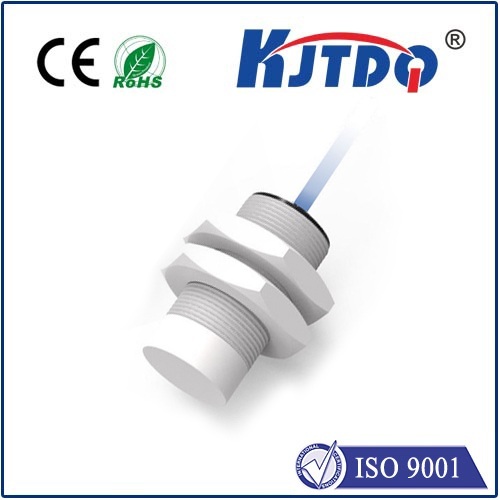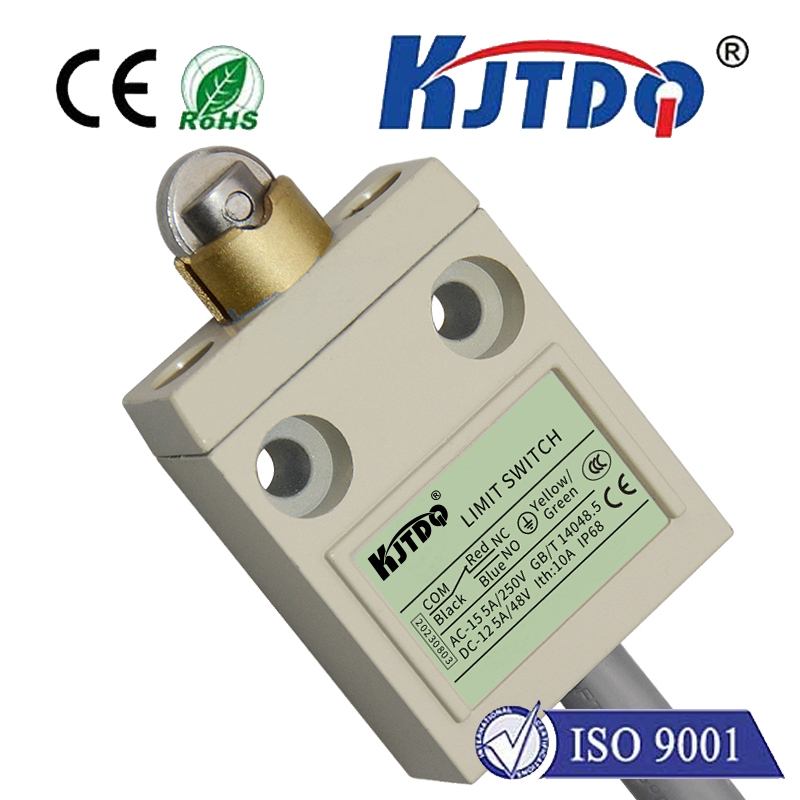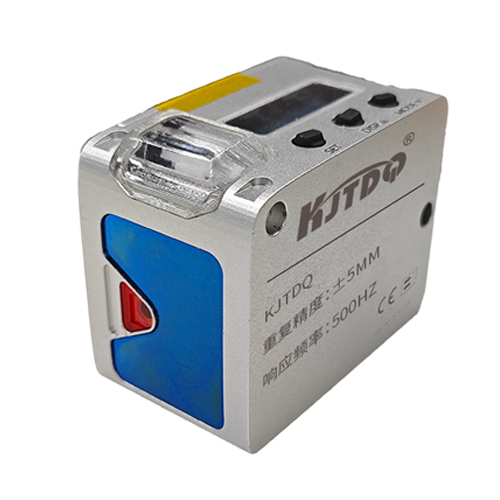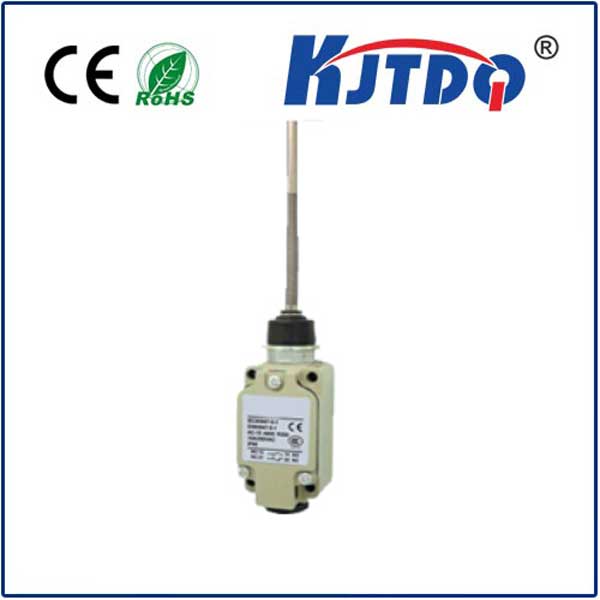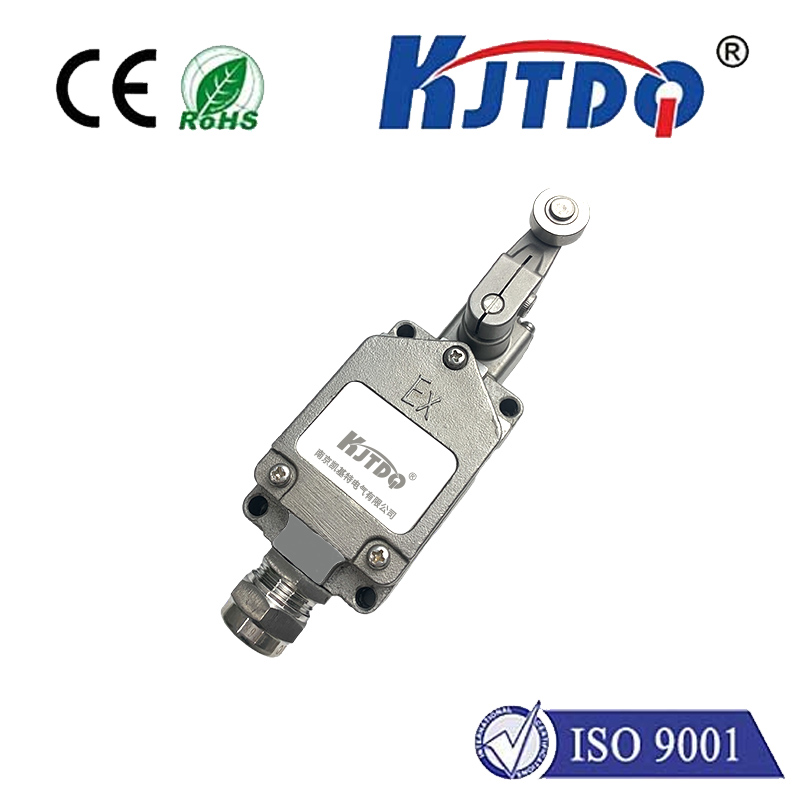catalyst temperature sensor
- time:2025-08-23 02:43:11
- Click:0
Catalyst Temperature Sensors: Your Engine’s Silent Guardian Against Pollution and Damage
Introduction: The Unseen Sentinel in Your Exhaust System
Imagine a world where every car on the road spewed thick, toxic fumes unchecked. Thankfully, stringent emission regulations globally have made that scenario rare, largely due to a critical component: the catalytic converter. But this vital pollution-fighting device only works effectively within a specific, high-temperature range. Enter the catalyst temperature sensor, an unassuming yet indispensable guardian silently monitoring the heart of your exhaust aftertreatment system. This sensor plays a pivotal role in balancing environmental responsibility, engine efficiency, and the longevity of costly components, making it far more than just another sensor under the hood.
What is a Catalyst Temperature Sensor?
Simply put, a catalyst temperature sensor is a highly specialized thermistor or thermocouple strategically positioned within the exhaust system to directly measure the temperature of the catalytic converter. Think of it as a precise thermometer designed to withstand the extreme, harsh environment of hot exhaust gases, vibration, and chemical exposure.

- Placement: Typically, one or more sensors are located either immediately before the catalyst inlet (to measure incoming gas temperature), directly within the catalyst substrate (for core temperature), or after the catalyst outlet (to measure treated gas temperature). In sophisticated systems, multiple sensors might be used for comprehensive monitoring.
- Technology: Most modern sensors utilize Negative Temperature Coefficient (NTC) thermistors. As temperature increases, the sensor’s electrical resistance decreases predictably. The engine control unit (ECU) applies a reference voltage and precisely measures the resulting voltage drop across the sensor, converting it into an accurate temperature reading. Some high-performance or heavy-duty applications might use more robust thermocouples.
Why is Monitoring Catalyst Temperature So Critical?
The catalytic converter relies on intense heat (typically 400-600 degrees Fahrenheit / 200-300 degrees Celsius is the “light-off” point where it becomes effective) to trigger and sustain the chemical reactions that convert harmful pollutants (hydrocarbons (HC), carbon monoxide (CO), and nitrogen oxides (NOx)) into less harmful substances like water vapor (H₂O), carbon dioxide (CO₂), and nitrogen (N₂).
Failure to maintain optimal temperatures has severe consequences:
- Increased Harmful Emissions: If the catalyst is too cold (below its light-off temperature), it simply cannot perform its job. This happens frequently during cold starts. Conversely, excessive temperatures (often exceeding 1600°F / 870°C) can sinter the precious metals inside (platinum, palladium, rhodium), permanently damaging the catalyst structure and drastically reducing its efficiency long-term. The sensor provides the data the ECU needs to manage this thermal window.
- Catalyst Meltdown and Structural Failure: Prolonged exposure to extreme heat – potentially caused by engine misfires dumping unburned fuel into the exhaust, where it ignites inside the converter – can literally melt the fragile ceramic honeycomb substrate. A catalyst temperature sensor acts as an early warning system. If readings spike dangerously high, the ECU can trigger protective measures like enriching the fuel mixture (to cool combustion) or limiting engine power to prevent catastrophic, expensive converter failure.
- Engine Protection: While its primary role is converter safeguarding, indirectly, the sensor also protects the engine. Conditions causing catalyst overheating (like severe misfires or a stuck-open injector) can also damage exhaust valves, pistons, or turbos. Detecting abnormal temperature rises helps flag these underlying engine issues.
- On-Board Diagnostics (OBD-II) Compliance: Modern vehicles are legally required to continuously monitor the health and efficiency of their emission control systems. The catalyst temperature sensor is a fundamental component for this. It provides the ECU with the necessary data to confirm the catalyst is reaching and maintaining optimal operating temperature within a reasonable timeframe after engine start. This is crucial for passing emissions tests and avoiding check engine lights related to catalyst efficiency (P0420, P0430 codes).
How the Catalyst Temperature Sensor Integrates into Engine Management
The sensor isn’t just a passive monitor; its data actively influences how the engine runs:
- Cold Start Management: Upon startup, the ECU receives signals that the catalyst is cold. It may temporarily adjust ignition timing, air-fuel ratio (run richer), and potentially idle speed specifically to heat the exhaust gases more rapidly, bringing the catalyst up to its operating temperature faster. This is a deliberate strategy to minimize cold-start emissions.
- Closed-Loop Fuel Control Enablement: Most vehicles only enter “closed-loop” operation (where oxygen sensors actively fine-tune the air-fuel ratio) once the catalyst is sufficiently warm. The catalyst temperature sensor signal is essential for determining when this switch can happen efficiently and safely.
- Over-Temperature Protection: As mentioned, if the sensor detects temperatures exceeding safe thresholds, the ECU intervenes. This protective strategy might involve enriching the mixture, retarding ignition timing significantly, limiting boost pressure in turbocharged engines, or even reducing engine power output. Preventing thermal runaway is critical.
- Diagnostic Data: The continuous temperature readings are invaluable for mechanics diagnosing emission problems, converter efficiency issues, or engine running faults. Abnormal temperature patterns provide significant clues.
Signs of a Failing Catalyst Temperature Sensor
While robust, these sensors can fail due to extreme heat cycling, physical damage, corrosion, or internal electrical faults. Symptoms might include:
- Illuminated Check Engine Light (CEL): Specific trouble codes like P0420/P0430 (catalyst efficiency below threshold - often linked to sensor data), or sensor-specific codes (e.g., P2031, P2032, P0544, P0546, depending on location and vehicle make) are common indicators.
- Failed Emissions Test: Inaccurate temperature readings can prevent the catalyst from operating optimally or mislead the OBD-II system into failing the catalyst monitor.
- Poor Cold-Start Performance/Increased Cold Emissions: If the ECU doesn’t realize the catalyst is cold, it won’t implement fast warm-up strategies effectively.
- Reduced Fuel Economy (Potential): Incorrect readings could disrupt efficient warm-up strategies or closed-loop operation timing.
- Loss of Over-Temperature Protection: A failed sensor cannot warn the ECU of dangerous conditions, leaving the catalytic converter vulnerable to meltdown.
Maintenance and Importance
Catalyst temperature sensors are generally not considered routine maintenance items but are replaced upon failure or when indicated by diagnostic trouble codes. Due to their critical role in emission control system integrity, OBD-II diagnostics, and catalyst protection, using quality replacement sensors recommended for your specific vehicle is crucial. Ignoring a faulty catalyst temperature sensor risks not only failing an emissions test but also potentially causing expensive damage to your catalytic converter and hindering overall engine management efficiency. This small component is a vital link in the chain responsible for keeping our air cleaner and our engines operating within safe parameters. Its silent vigilance ensures your vehicle meets environmental standards while protecting a significant investment under the hood.






